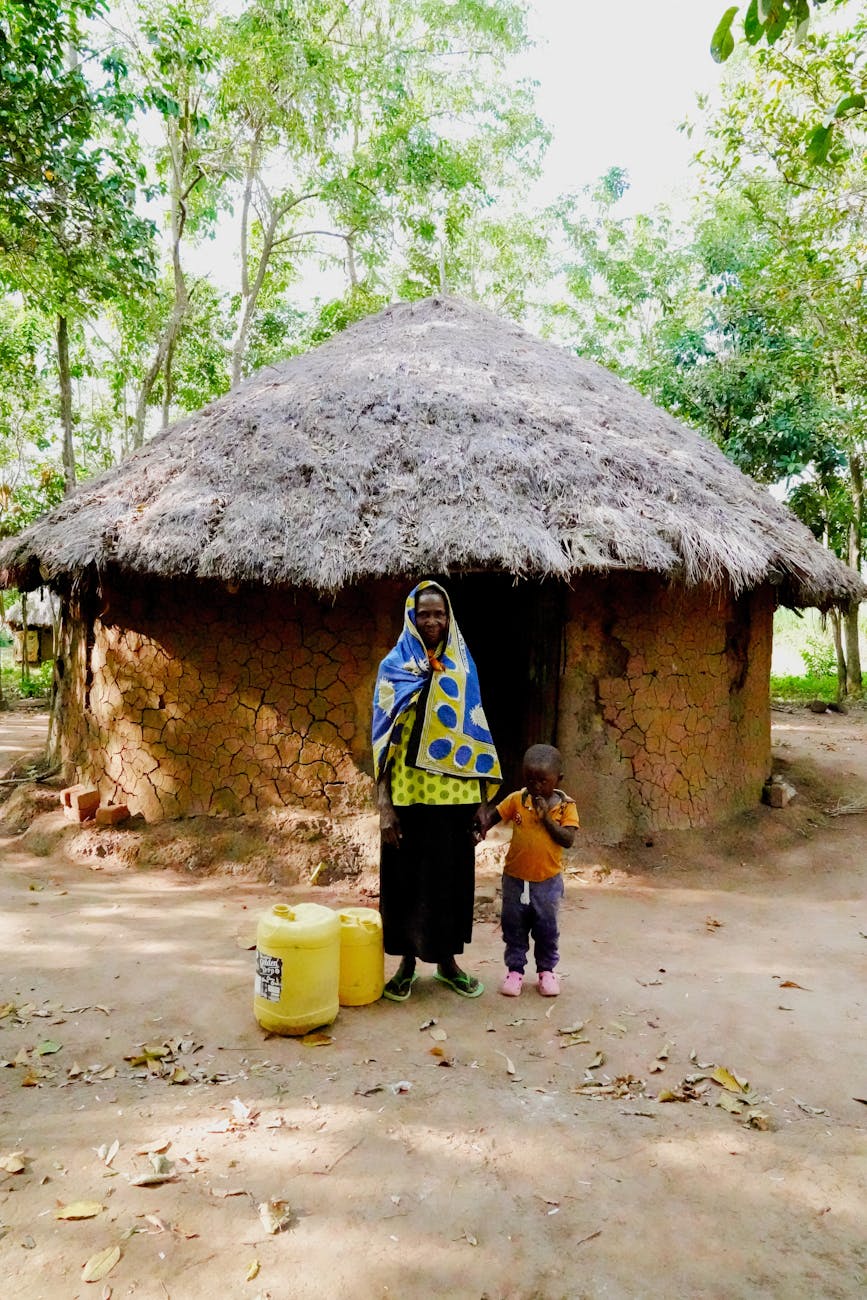Affordable Housing Solutions: What Low-Income Families Should Know
Affordable housing solutions are a critical topic for low-income families striving for stability and security. Access to safe, affordable housing is a foundation for improving quality of life, yet many families face numerous obstacles in securing it. This article explores practical options available to low-income households and highlights key programs, strategies, and tips that can help navigate the complex housing market. Understanding these solutions is vital for families trying to reduce housing costs without sacrificing safety or community support. From government assistance programs to affordable housing developments and smart budgeting, this guide aims to empower readers with the knowledge needed to make informed decisions and build a stronger foundation for their future.
Understanding affordable housing programs
One of the most effective ways low-income families can access affordable housing is through government and nonprofit programs aimed at subsidizing costs and improving housing availability. Federal programs like the Housing Choice Voucher Program (commonly known as Section 8) provide vouchers to cover part of the rent in privately owned housing. Similarly, public housing developments offer reduced rent options within community-managed complexes. Many states and localities operate additional programs tailored to their unique housing markets, providing emergency assistance, rental subsidies, or reduced rates for qualified applicants.
Eligibility for these programs generally depends on income thresholds, family size, and other criteria such as disability status or veteran status. It’s essential for families to research availability in their area and apply early, as waiting lists can be long. Additionally, staying informed about program updates or new initiatives can increase the chances of securing affordable housing.
Exploring affordable housing developments and communities
Besides government assistance, another vital option is affordable housing developments specifically designed to assist low-income families. These residential communities are developed by nonprofit organizations, housing authorities, or private developers working with government incentives. They provide sustainably priced units, often integrated with community services such as job training, childcare, and healthcare access. These developments aim to create supportive environments that promote both economic and social stability.
Families considering these options should visit local housing authority websites or nonprofit housing organizations to find listings and eligibility requirements. Most affordable housing projects require applications similar to subsidized programs, with income limits and documentation verification. Living in these communities can offer additional benefits like safer neighborhoods, improved infrastructure, and networking with others facing similar challenges.
Smart budgeting and financial literacy for housing affordability
Securing affordable housing is only part of the solution; maintaining it requires consistent financial planning. Low-income families should focus on budgeting strategies that prioritize housing costs while balancing other essential expenses. This includes tracking income and expenses, reducing non-essential spending, and exploring ways to increase income streams.
Financial literacy also plays a big role in long-term affordability. Understanding credit, savings, and tenant rights can prevent unexpected costs or eviction risks. Many community organizations provide workshops on budgeting and financial management tailored to renters. Participating in these programs can deepen families’ ability to sustain housing stability and gradually build assets like a good credit score, which may open doors to homeownership or better rental opportunities.
Navigating legal rights and tenant protections
Understanding tenant rights is crucial for low-income families to avoid exploitation and ensure safe living conditions. Laws vary by state and city but often include protections against unlawful eviction, discrimination, and unsafe housing practices. Many tenants are unaware of these rights, which may result in lost opportunities to address problems like unfair rent increases or repairs neglect.
Local legal aid organizations and tenant unions generally offer free or low-cost advice and representation. Knowing how to communicate with landlords, understanding lease agreements, and documenting any disputes can empower tenants to advocate for themselves effectively. This knowledge complements access to affordable housing by ensuring families can maintain their homes under fair conditions.
| Housing option | Description | Eligibility | Benefits |
|---|---|---|---|
| Section 8 vouchers | Subsidizes rental payments in private housing | Income-based, often < 50% area median income | Flexibility to rent anywhere accepting vouchers |
| Public housing | Government-owned housing with reduced rent | Income-based, family size considered | Stable rent, community services available |
| Affordable developments | Specially constructed or renovated units below market rate | Income-based, application required | Community supports, safer neighborhoods |
In summary, affordable housing solutions for low-income families involve a combination of government programs, specialized housing communities, strategic financial planning, and awareness of tenant rights. By exploring and utilizing these options, families can secure and maintain safe, affordable homes that form the foundation for a healthier and more stable future. The process may require patience and proactive effort, but understanding the landscape of assistance programs and housing opportunities is the first step. Empowerment through knowledge and community resources can transform housing challenges into pathways toward greater economic security and overall well-being.
Image by: Şeyhmus Kino
https://www.pexels.com/@seyhmuskino
editor's pick
latest video
news via inbox
Nulla turp dis cursus. Integer liberos euismod pretium faucibua


